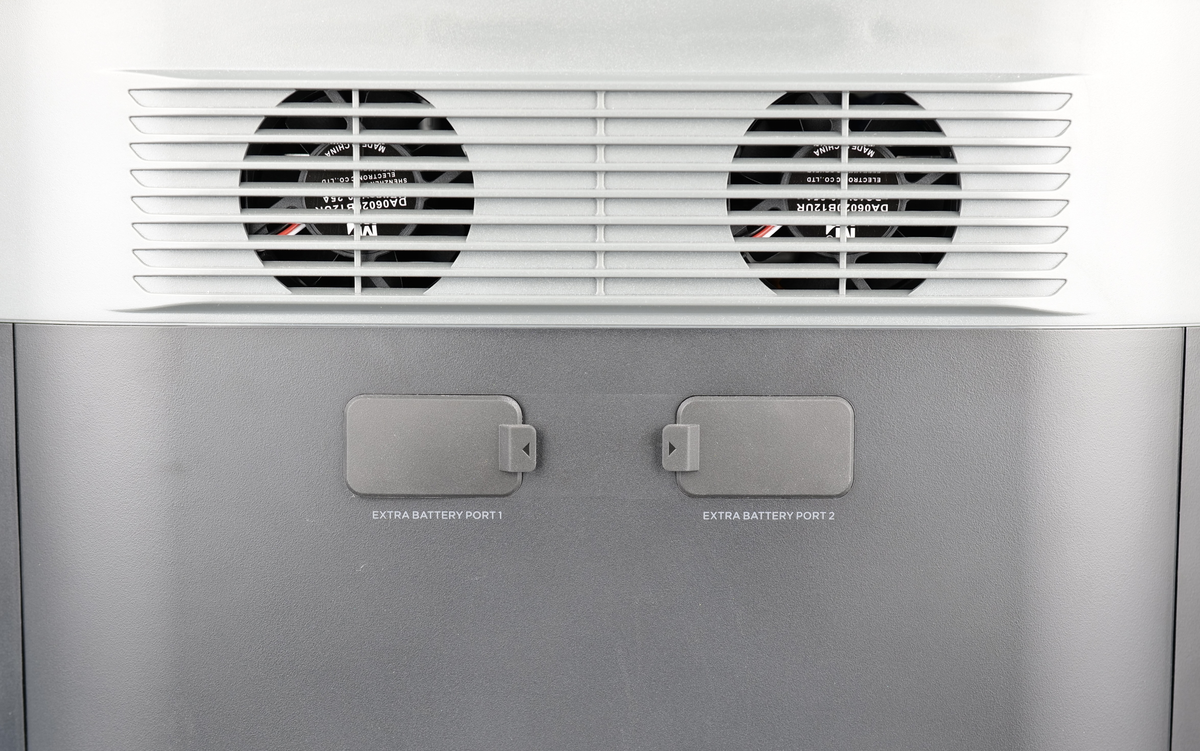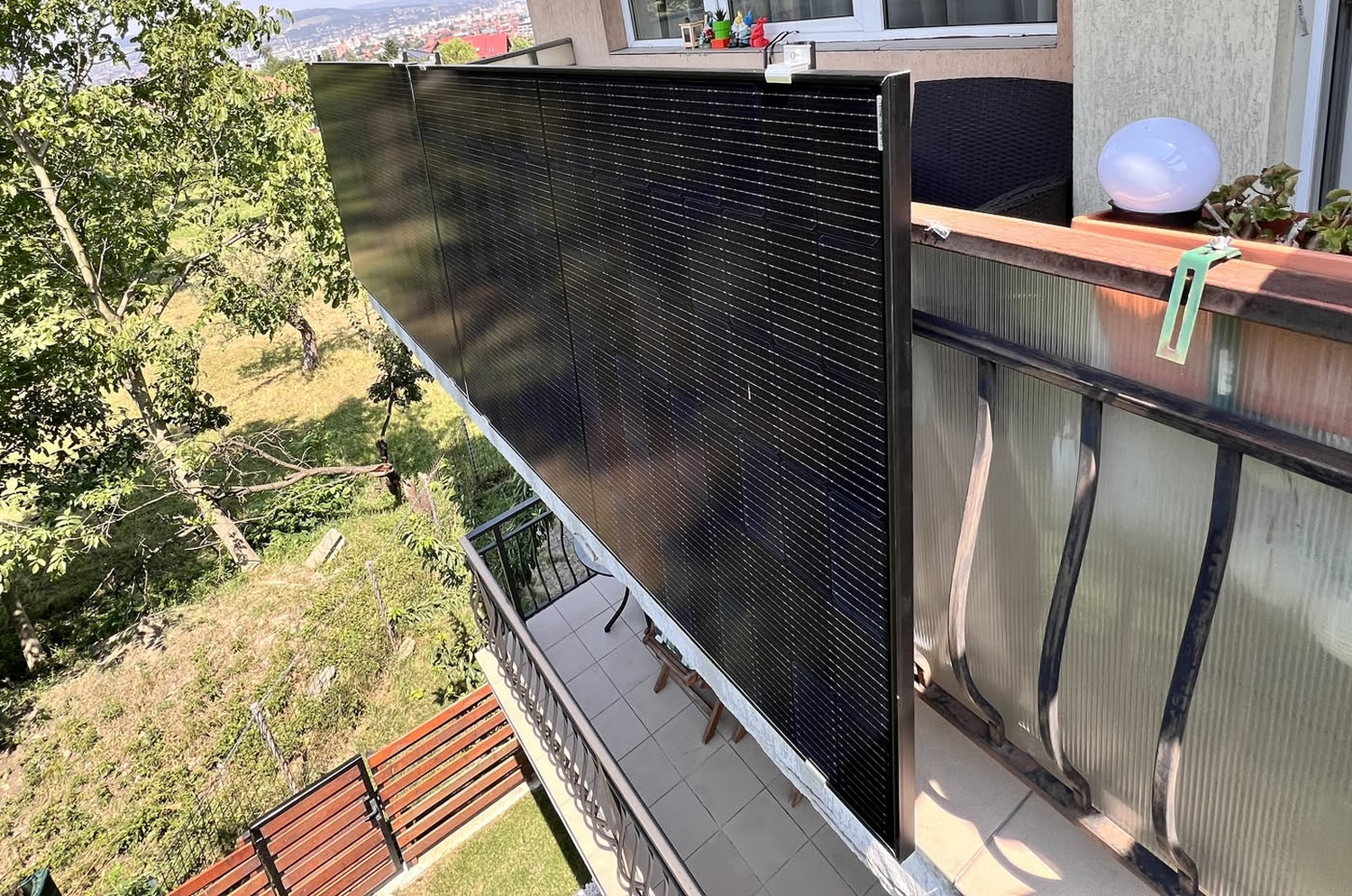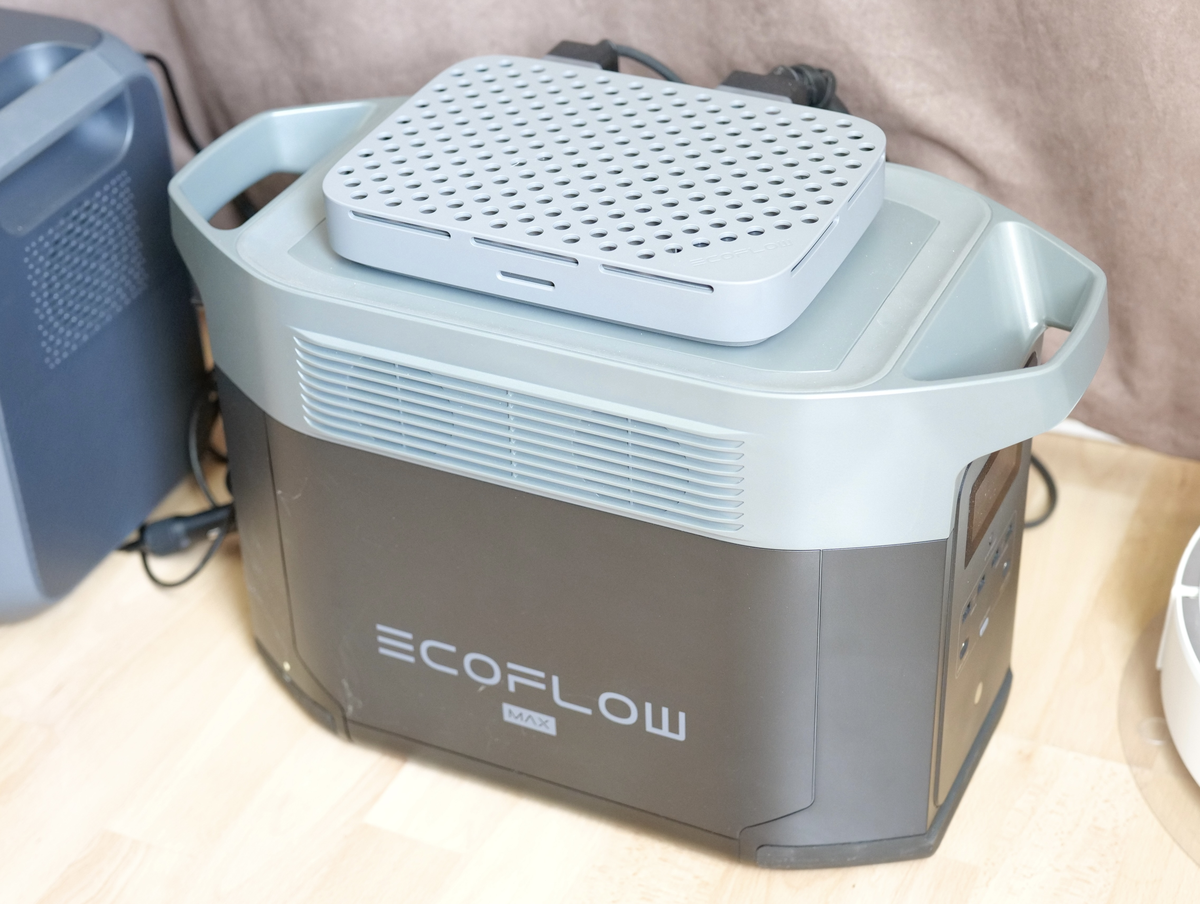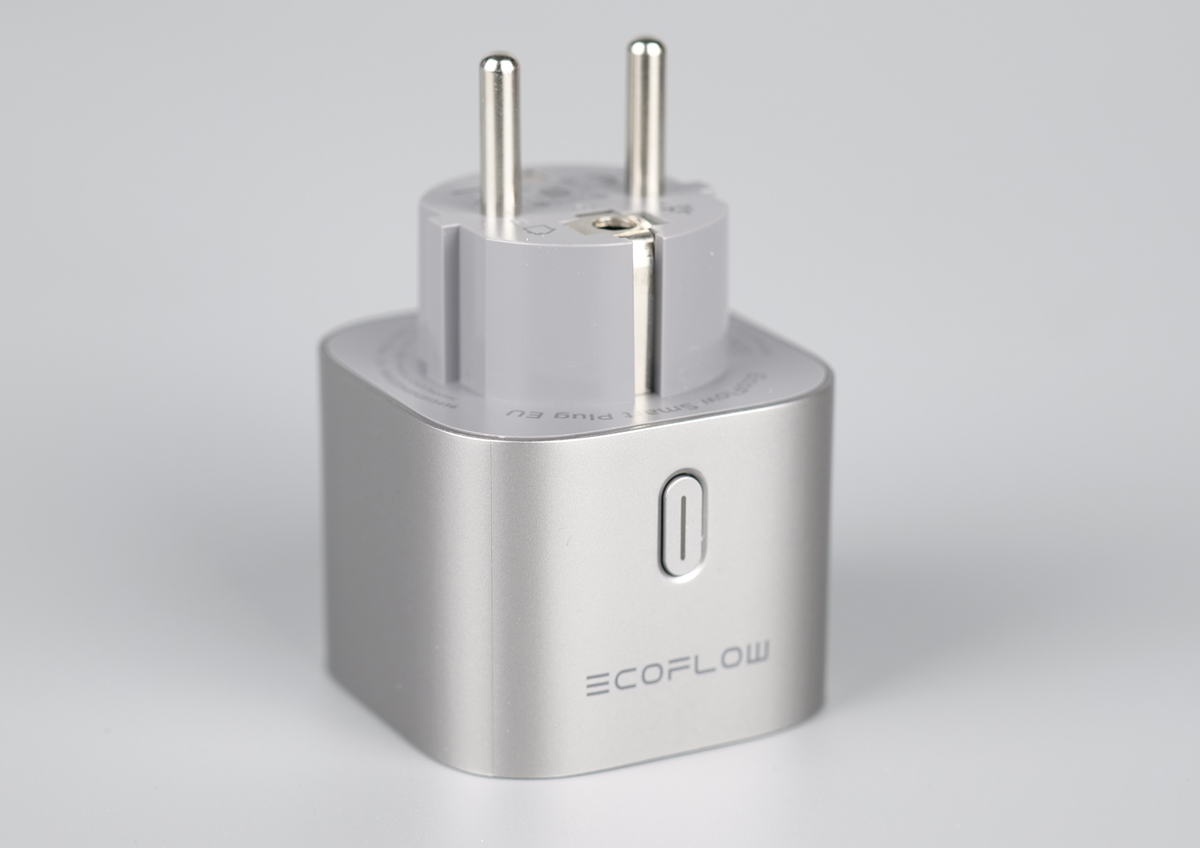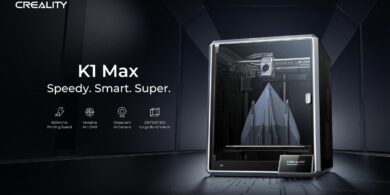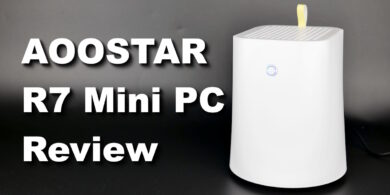EcoFlow PowerStream Hands On Test: Balcony Solar System
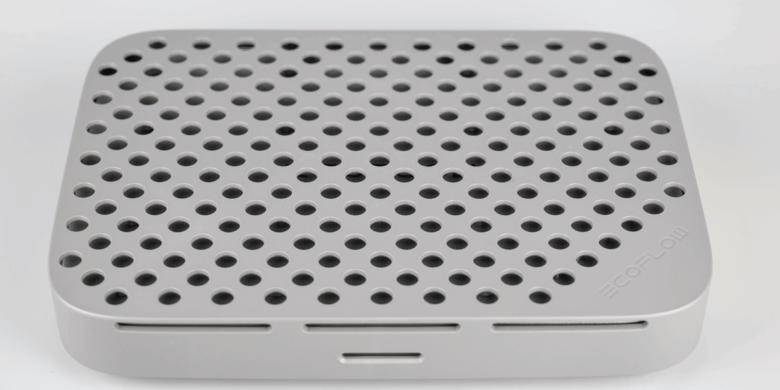
As energy costs rise and sustainability becomes a priority, many are turning to solar power as a viable solution. For apartment dwellers or those without access to a rooftop, the EcoFlow PowerStream system presents an innovative way to generate clean energy right from a balcony.
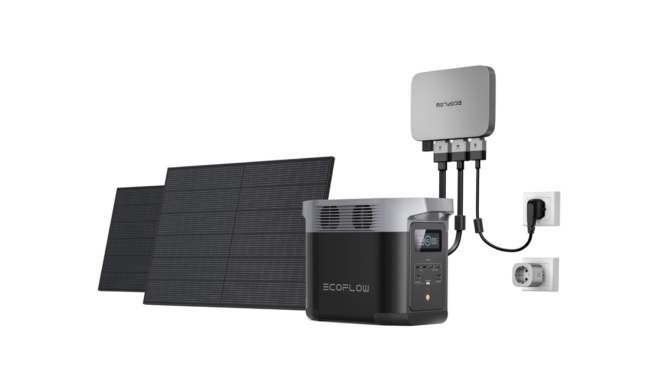
This article details my experience with the EcoFlow PowerStream, featuring two 400W solar panels installed with the Solar Balcony Kit, paired with an EcoFlow DELTA Max battery and EcoFlow Smart Plugs. From installation to performance, this system has proven to be a great way to reduce my power bill.
What is a PowerStream?
The EcoFlow PowerStream system is a well-integrated setup designed for ease of use and efficiency. Below is an overview of the key components:
| Component | Description |
|---|---|
| PowerStream Microinverter | Converts DC power from solar panels to AC power for home use or battery storage. Supports up to 800W of solar input (EcoFlow PowerStream). |
| 2x 400W Solar Panels | The PowerSream can take 2x 400W Solar Panels for solar generation |
| Solar Balcony Kit | Includes hooks and brackets for secure panel mounting on balcony railings (EcoFlow Balcony Hook Kit). |
| DELTA Max Battery | A 1kWh portable power station that stores excess solar energy for nighttime or low-light use (EcoFlow DELTA Max). |
| EcoFlow Smart Plugs | Wi-Fi enabled Smart Plugs for real-time energy monitoring and appliance control via the EcoFlow app (EcoFlow Smart Plug). |
These components work together to capture, store, and distribute solar energy efficiently, making the system both versatile and user-friendly.
The PowerStream Inverter
As you might expect, the PowerStream inverter is the “brains” of the entire operation, connecting the solar panels, and your power network. The build quality is really nice, feeling very solid and heavy.
In the front of the inverter, there is a small light bar that can be turned on or off inside the app, while in the back you get the connectors for the solar panel, battery extension, AC output and the Wi-Fi antenna.
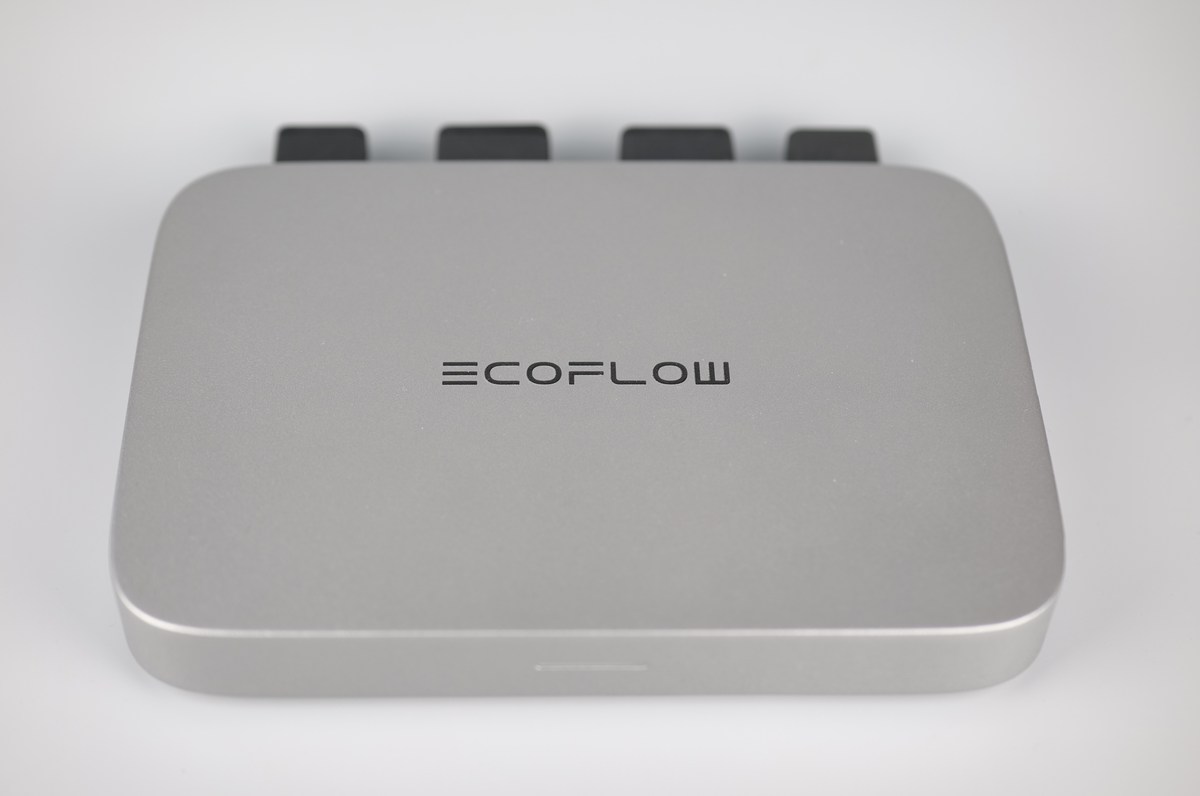
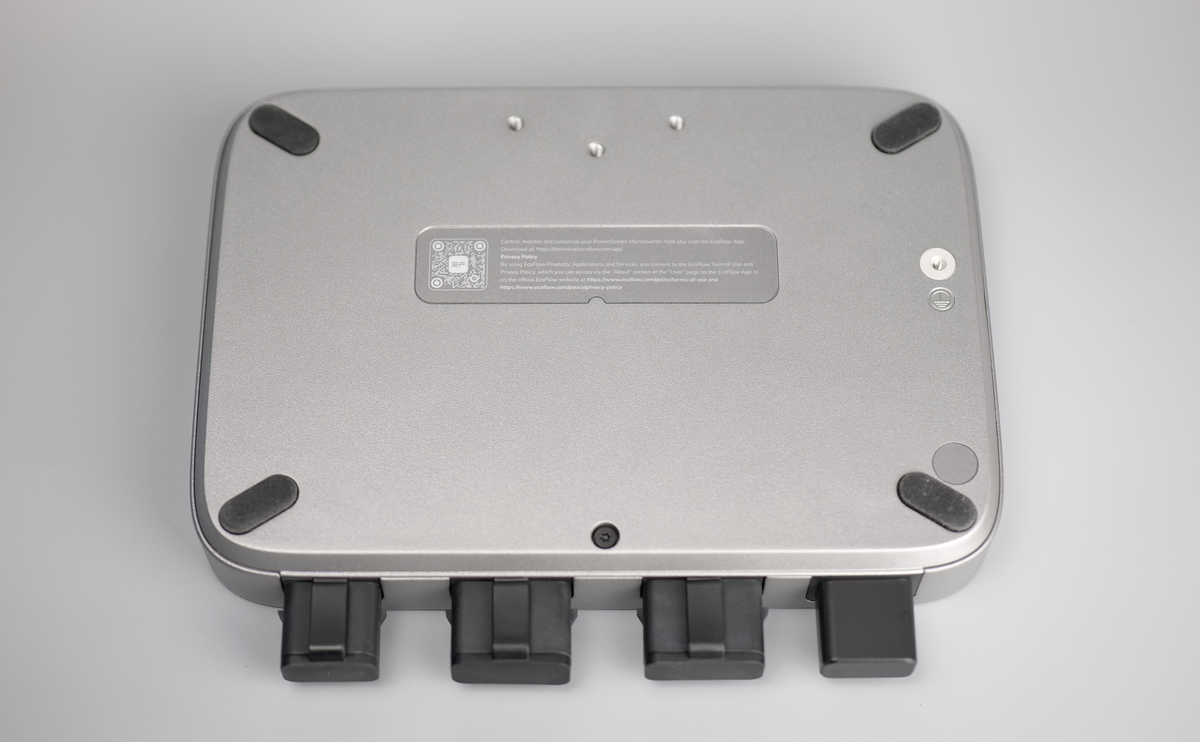
Every connector has a nice cover which protects it if not is use, while the Wi-Fi antenna on the right is a solid plastic piece, probably design this way in order to ensure the best network reception.
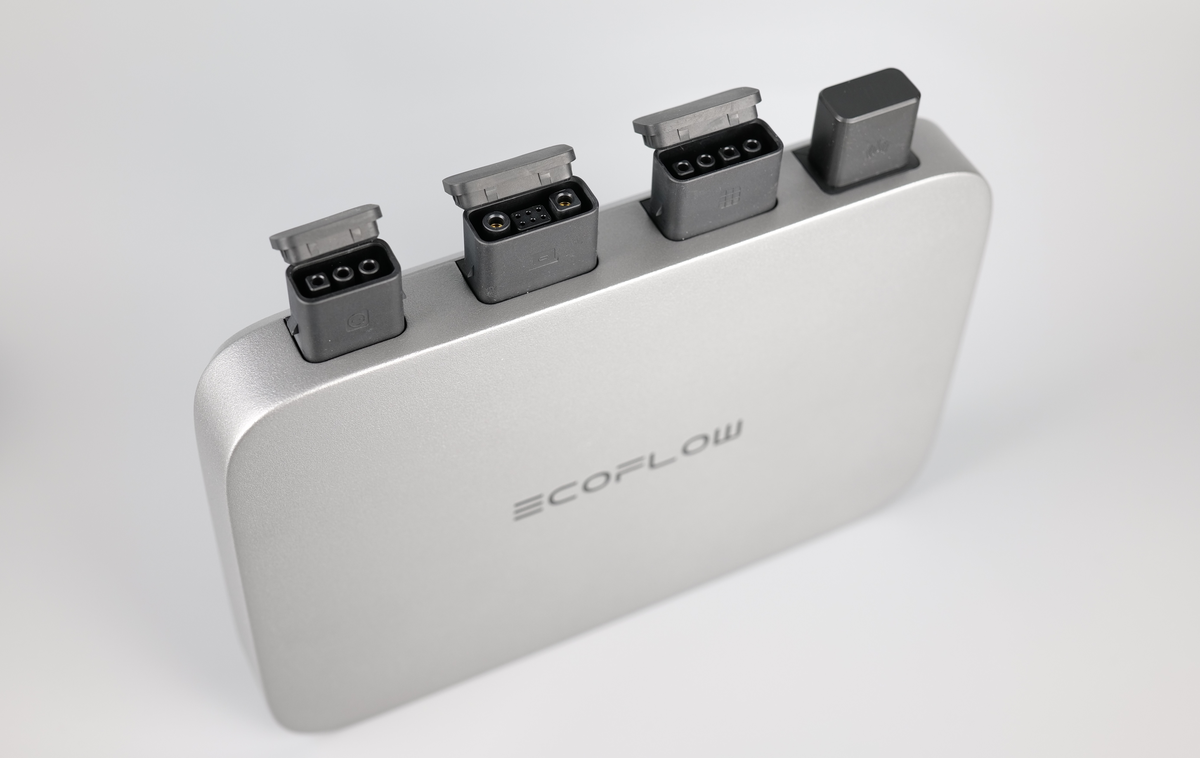
It’s also worth noting that the EcoFlow PowerStream inverter can get quite hot when operating at full power, so you also get a plastic cover which can be added on top of the unit, to avoid touching it by mistake.
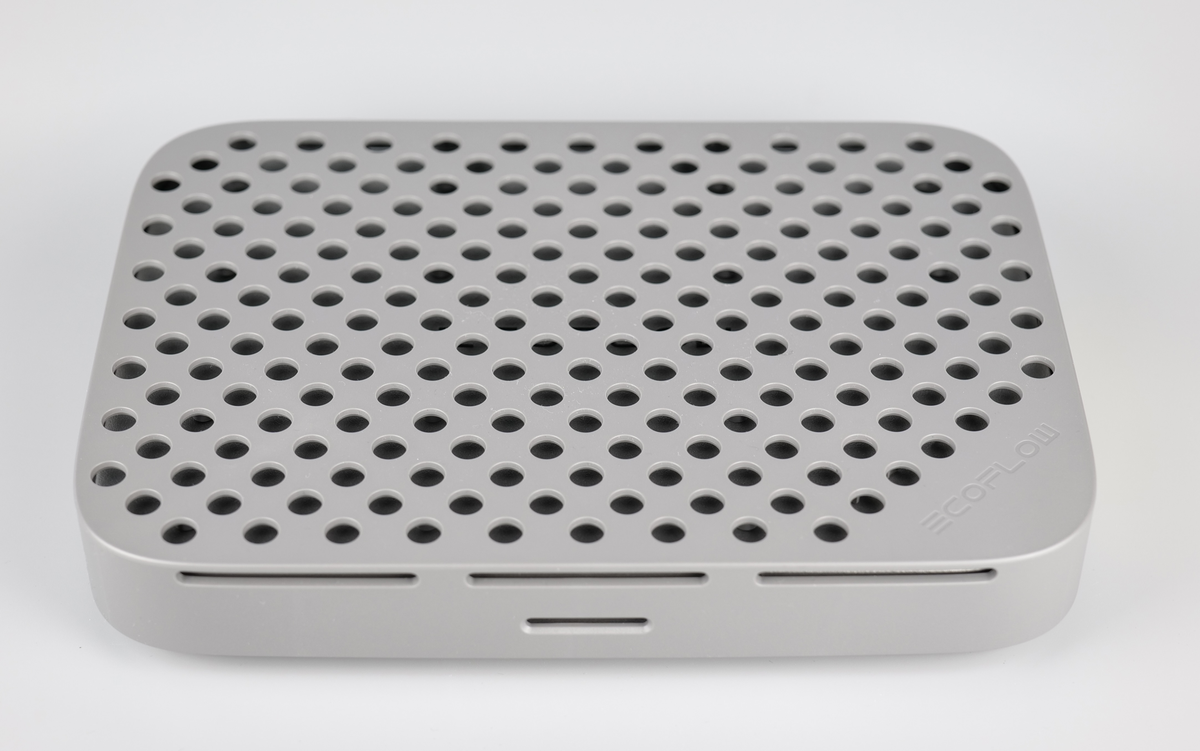
Specifications of the PowerStream inverter
| Parameter | Specification |
|---|---|
| Dimension | 242*169*33 |
| Weight | Approximately 3 kg |
| PV Input Power | 400 W x 2 |
| DC Input Output | 600W |
| Max. Input Voltage | 55Vd.c. (PV Port) / 59Vd.c. (DC Port) |
| Maximum Input Current | 13 A |
| AC Output-Grid Tied | 800W / 600W |
| Max. AC Output Current | 3.7A / 2.8A |
| Max. Charging & Discharging Power | 600W |
| Charging Voltage | 30 – 58 Vd.c. |
| Ingress Protection Rating | IP67 |
| Wi-Fi (2.4G) | Frequency range: 20M: 2412 – 2472 MHz / 40M: 2422- 2462 MHz Maximum output power: ≤ 20 dBm |
| Bluetooth® | Frequency range: 2402-2480MHz Maximum output power: ≤ 20 dBm |
DELTA Max for Power Storage
The DELTA Max, you can see the item is well packaged to be protected from any kind of potential damage during shipping.
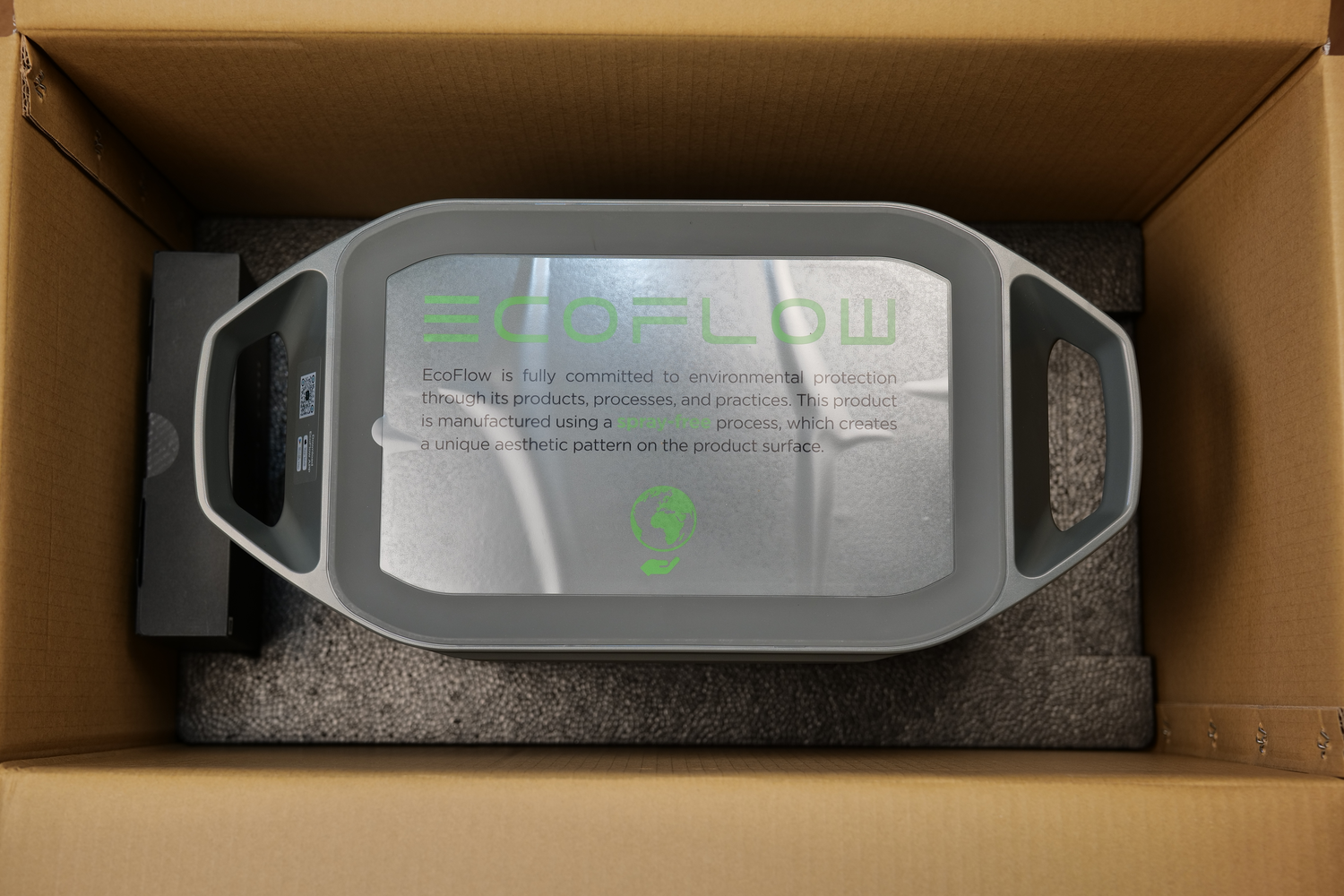

Once I took it out of the box, I was able to check all the power inputs and outpus on the unit. On its own, the DELTA Max is a well equipped unit that can give you power in a wide range of ways.
The side of the unit has the main display which gives information about the expected runtime, the current power level, and the input/output in watts at that certain moment. Underneath it, you get an assortment of four USB A ports, and two USB-C ports capable of delivering 100W on each port!
On the opposite side there’s a solar panel input, a charge speed control button and an AC charge port. Below, there’s four AC outputs and a 12V ciggarette lighter output.
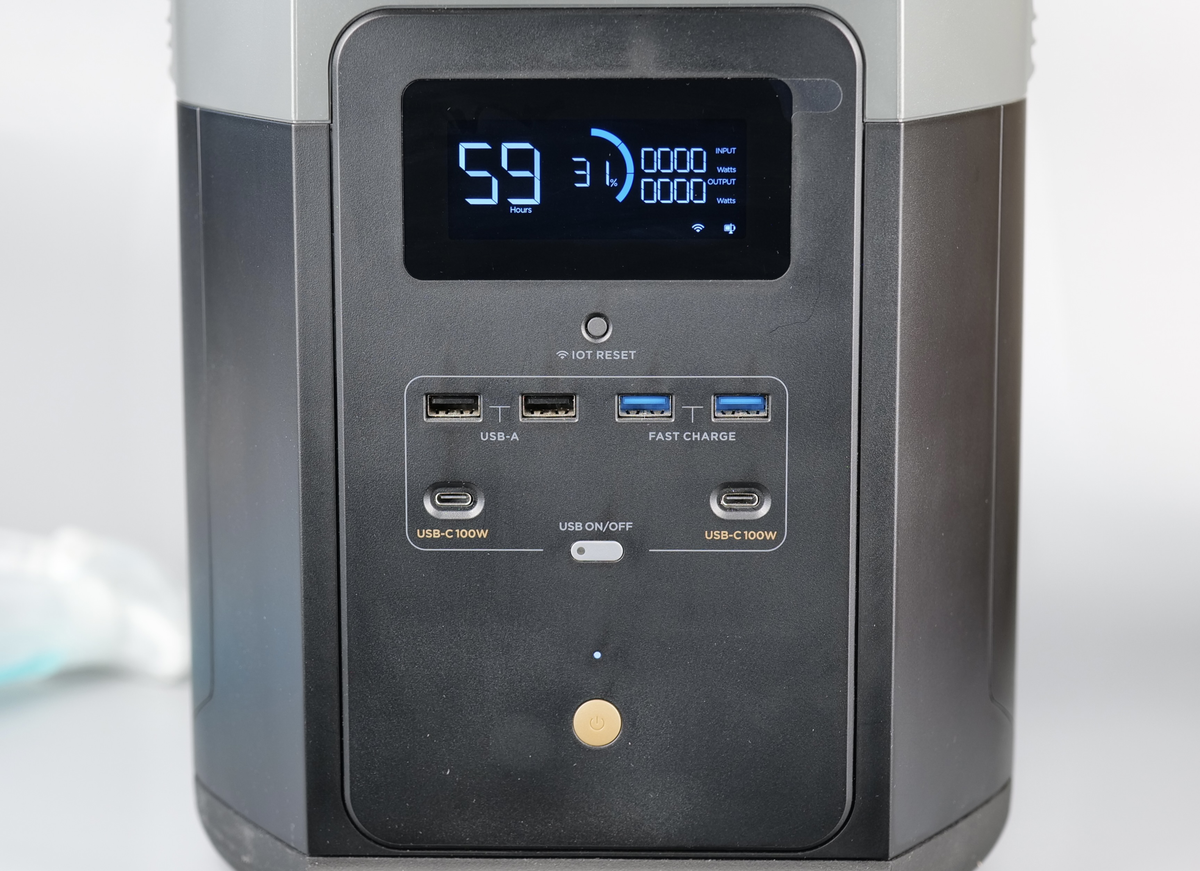

All these ports can be controlled from the EcoFlow App, after connecting the DELTA Max to Wi-Fi.
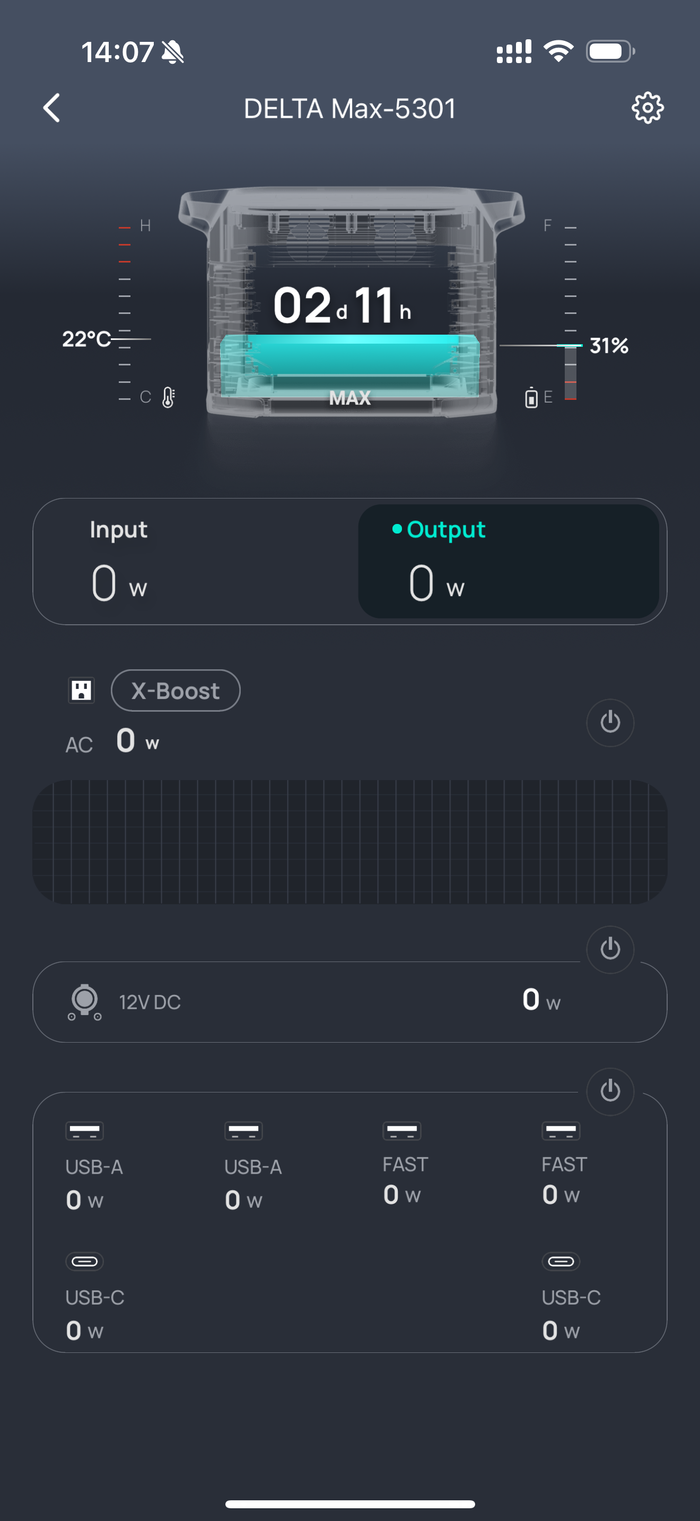

There’s also two extra connectors that can be used for connecting additional batteries to form a larger system. The first Extra Battery Port 1 has been used to connect the PowerStream directly to the battery.
Installation Experience
One of the standout features of the EcoFlow PowerStream system is its plug-and-play design, which simplifies installation for home users. The Solar Balcony Kit, specifically the balcony hook kit, made mounting the two 400W solar panels straightforward. Each panel took approximately 25 minutes to prepare and attach to my balcony railing.
The kit includes adjustable brackets to raise or lower the panels, but it does not have a option to also tilt them, to ensure optimal panel positioning for maximum sunlight exposure, which lowers the solar generation slightly.
Unfortunately, it is a bit hard to show a better image of the complete panel installation, but I managed to take this side picture to show the two panels attached to the metallic balcony.
Connecting the outdoor components to the indoor system was just as simple, thanks to EcoFlow’s super flat cable. This cable is designed to fit under windows or doors without drilling, allowed me to link the PowerStream inverter to the solar panels super easily.
The entire setup process was very tenant-friendly, requiring no permanent modifications to my apartment, which is a significant advantage if you are renting.
The DELTA Max battery and PowerStream inverter are connected almost identically to how EcoFlow shows it on their website, in proximity to a power outlet.
Delivering the power
As previously mentioned, I am using a few EcoFlow Smart Plugs. These plugs sit between the devices that draw power, so that it can be monitored and the PowerStream to be able to inject the right amount of energy in the power network of your house.
While the build quality is higher than other common smart plugs, there’s not a lot that can be said about them. I like the added Matter protocol compatibility, but it doesn’t seem to be compatible with using the EcoFlow ecosystem at the same time.
The price of these sockets is also a bit higher compared to regular smart power sockets, and you will need a couple of them depending on how many devices you wish to be powered with the PowerStream. Without such a socket, the unit doesn’t know how much power to push in your house network.
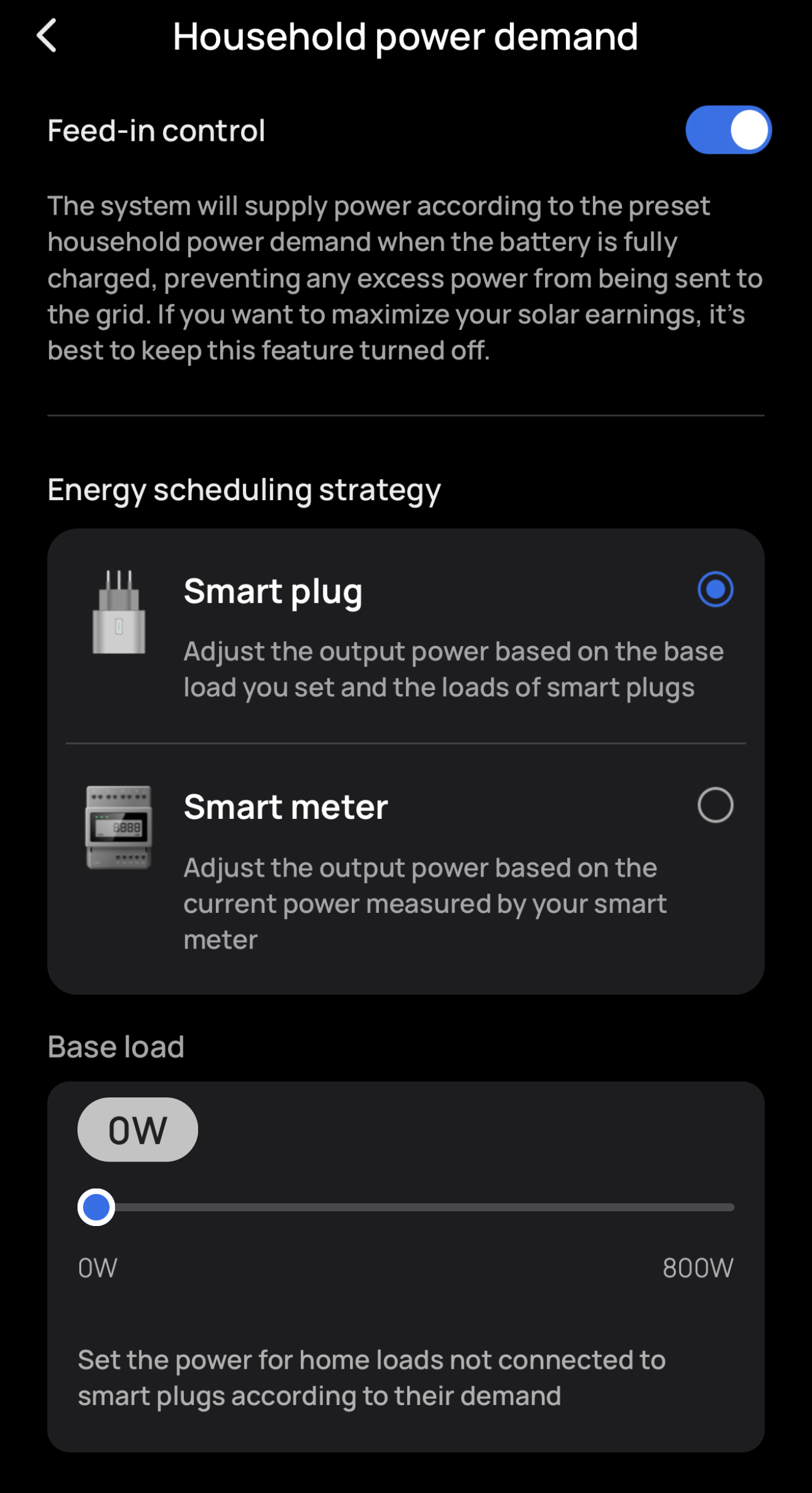
There is an alternative, in the form of a Shelly 3EM which is a Smart Meter that can be attached directly in your power breaker panel, which can then monitor the entire house power network and always know the power consumption of all devices. This is an aftermarket purchase, that can be integrated in the EcoFlow ecosystem, but I would like to see a similar meter offered by the company.
Performance and Energy Output
The performance of the EcoFlow PowerStream system has been great during sunny days. The two 400W solar panels, with a combined theoretical capacity of 800W, produce close to 700W of power when exposed to direct sunlight. This output is slightly below the maximum due to factors like panel angle and minor shading, but it’s more than sufficient to power household appliances such as lights, a refrigerator, and electronics while simultaneously charging the DELTA Max battery.
In low-light conditions, such as cloudy days or during the night, the DELTA Max battery takes over to deliver some power. With its 2kWh capacity, it can supply up to 600W of power to all the devices that pull power reported by the Smart Plugs.
Unfortunately, I can’t really say that 2kWh of power is enough for a regular appartment to generate signifficant coverage during cloudy days so I would recommend more power to gain some benefits. Otherwise, a lot of the collected power can be drained by the microinverter during the night, when it will continue to pull some power to keep it powered on.
Scalability and Expansion
One of the most appealing aspects of the EcoFlow PowerStream system is its scalability. Recently, I purchased a second PowerStream microinverter and connected it to additional solar panels to increase my system’s power production. This upgrade was motivated by the low cost of the microinverter (which was purchased a while ago for just over 100EUR) and the ease of installation, which mirrored the initial setup process. By expanding the system, I’ve been able to generate more solar energy, further reducing my energy bill.
The ability to add more panels and inverters makes the PowerStream system adaptable to varying energy needs, whether you’re looking to power a small apartment or a larger household. This flexibility, combined with the system’s user-friendly design, sets it apart from traditional solar setups that often require professional installation and significant upfront costs.
The ease of installation and adaptability is also the main reason why I feel this is a very accesible way to get into solar power generation, to help lower your bills and offset the carbon footprint.
Cost and Value
While EcoFlow’s 400W solar panels are slightly more expensive than some competitors, the inclusion of free delivery makes the price better than at first glance. The entire solar panel and inverter kit, including the PowerStream microinverter and two 400W panels, cost just over $500, which is an attractive price point for an easy to install solar solution.
Depending on the positioning, EcoFlow is estimating a production of up to 1039 kWh per year, but after using the system for a few months during the summer, I only managed to produce about 300kWh. This is mostly due to the limitations in positioning, as the sun is shining directly on the panels for only about 5-6 hours a day.
EcoFlow Mobile App
Through the EcoFlow app, I can track energy consumption, set schedules, and optimize power allocation, ensuring that excess solar energy is stored in the battery rather than wasted. Overall, it’s a really good app that can combine all EcoFlow products in a single location, always giving a simple overview of all the items available under the account.
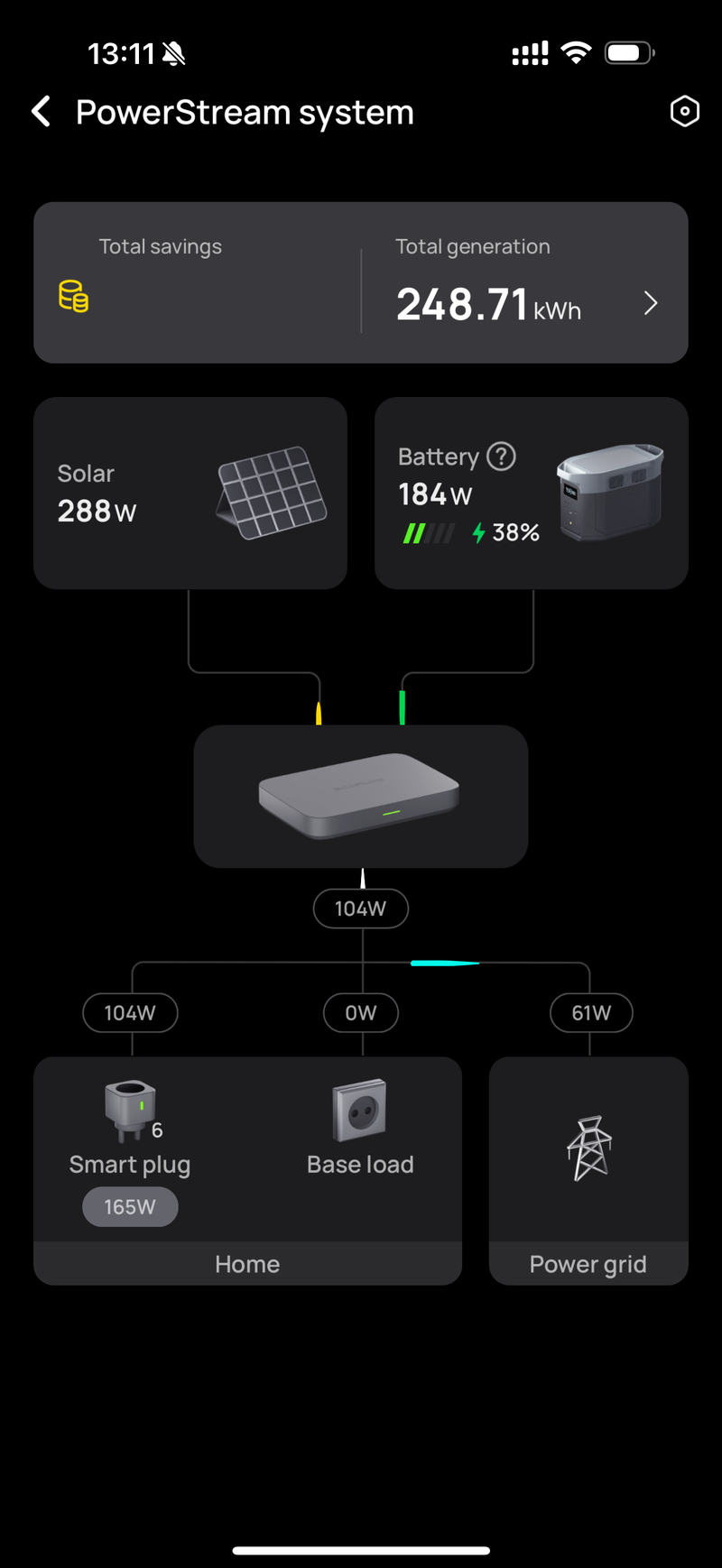
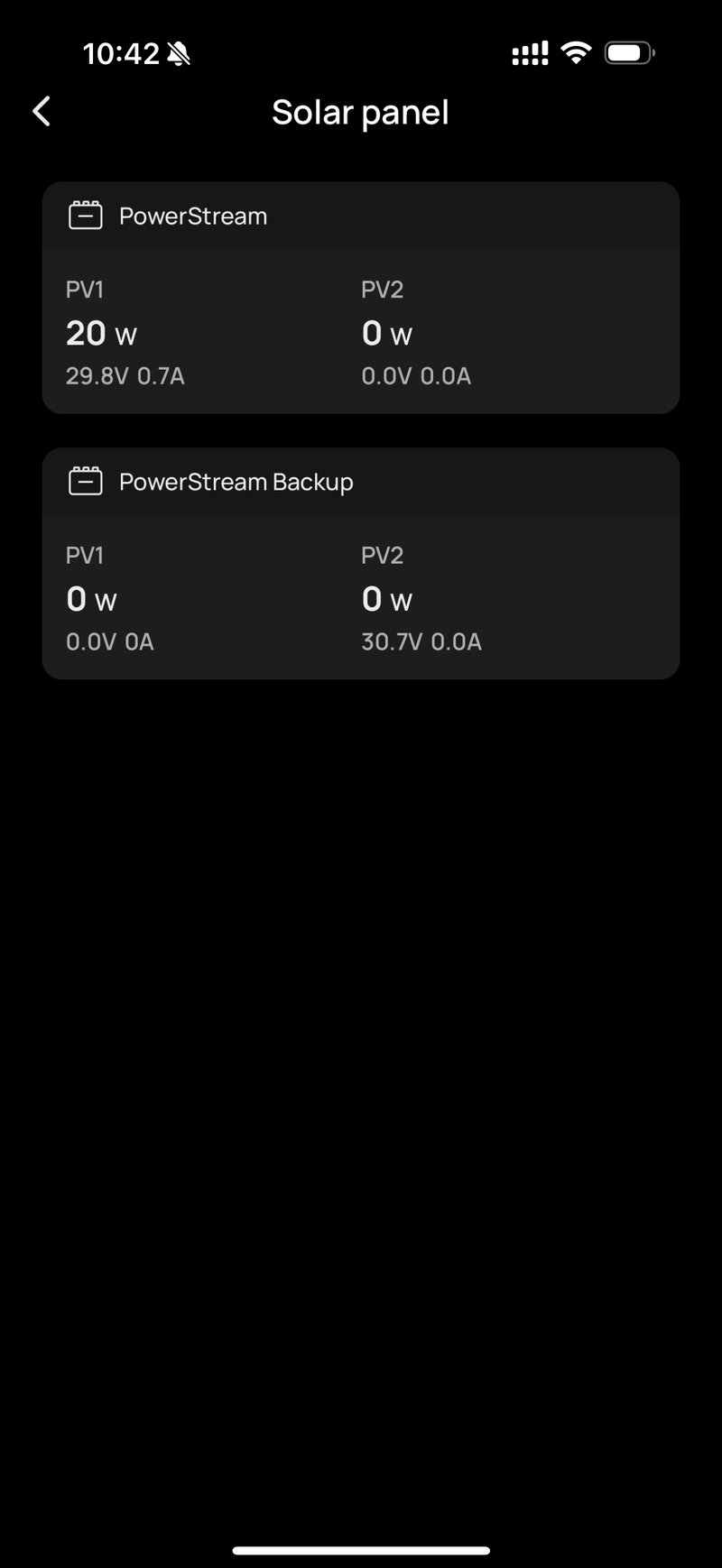
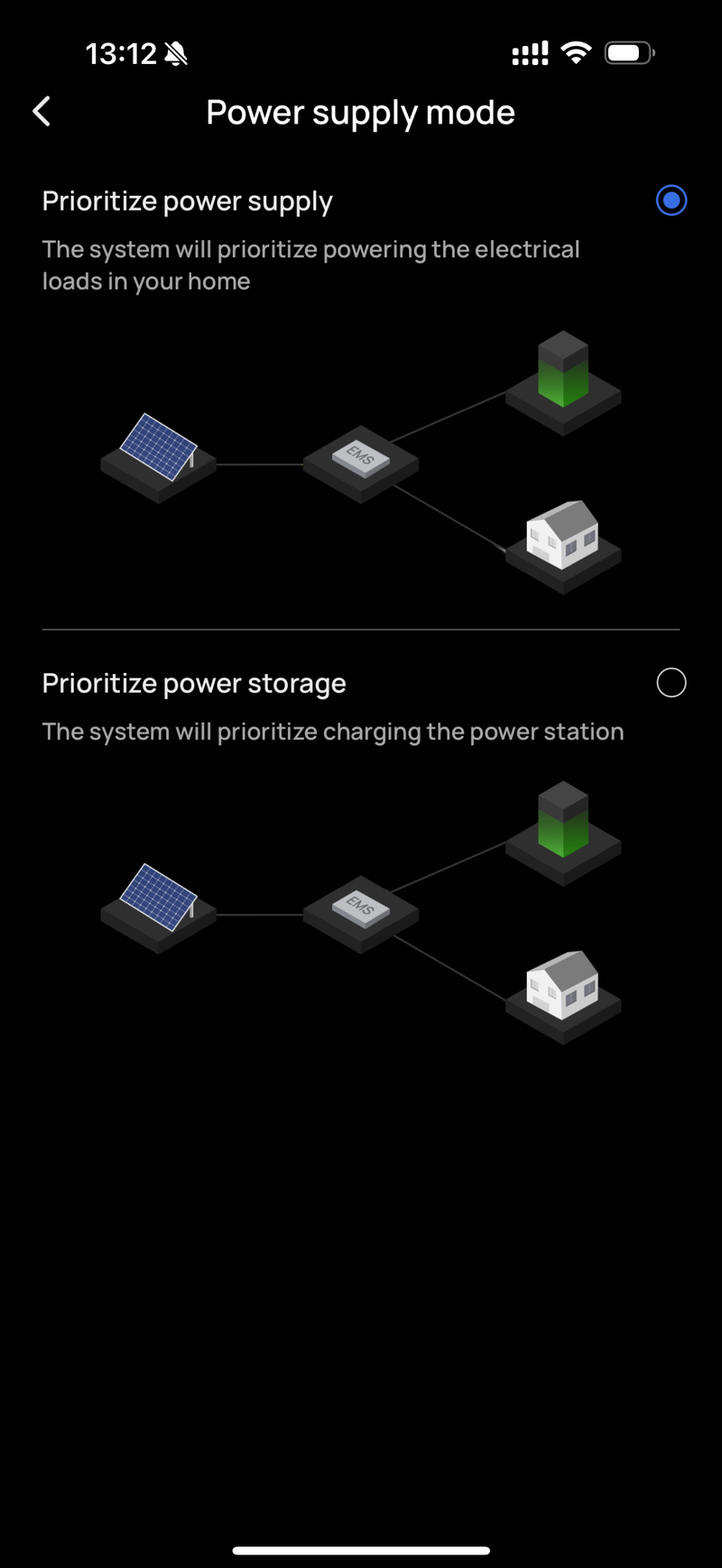

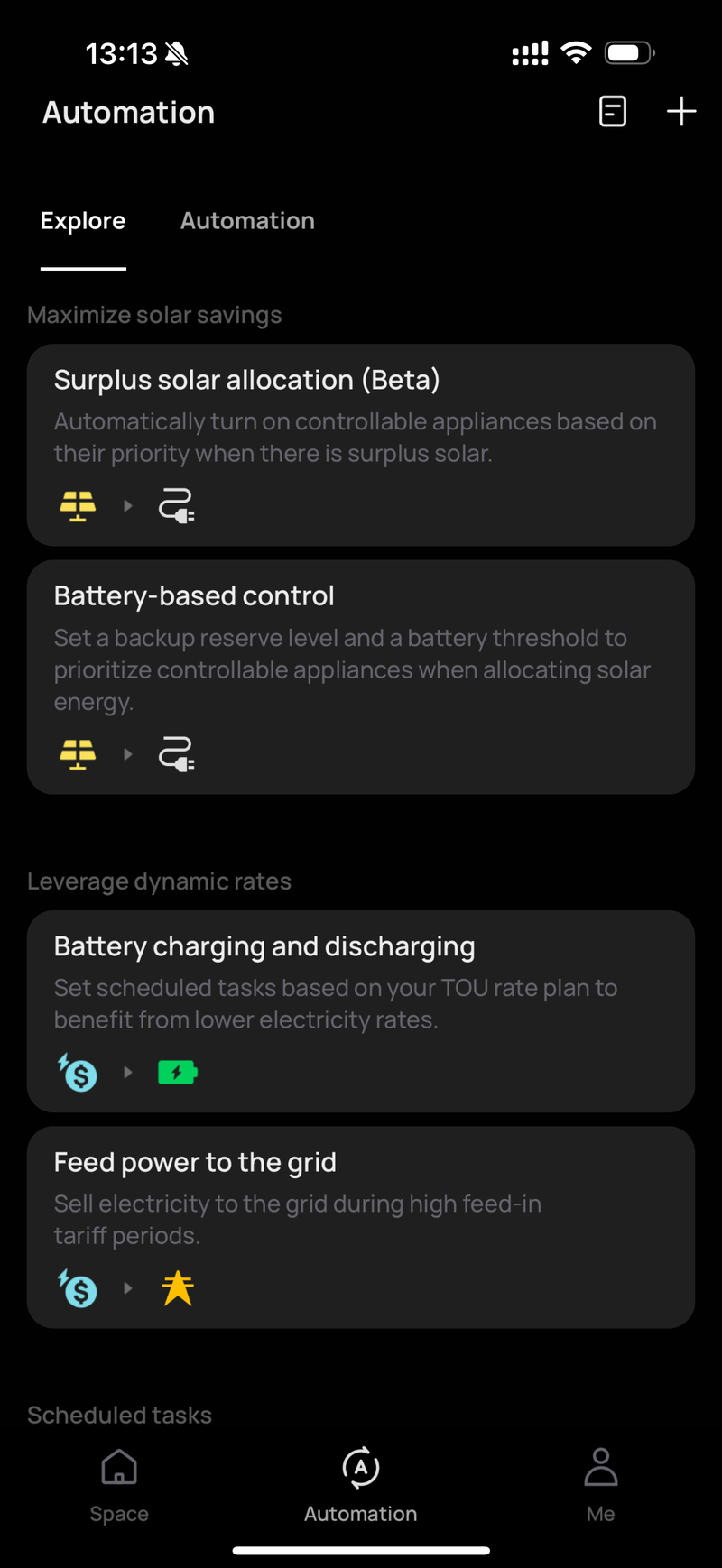
This integration is quite useful for me, and it also turned into something that I check daily. It’s not necessarly important, but I love checking the stats from time to tome to see how the unit is doing and how much power I have saved or generated.
EcoFlow PowerStream: The Good, The Bad, The Ugly
The Good
- Very easy to install and set up
- Compact design, with high quality finish
- PowerStream is compatible with third-party solar panels
- Affordable price
The Bad
- Power cable of the PowerStream is very short, which limits the positioning (can be upgraded with a longer one)
- Cannot be used when there’s a blackout, as the power delivery is stopped for safety reasons.
The Ugly
- Only compatible with EcoFlow Delta Series power stations or the new Waterproof Bateries from EcoFlow. This makes it impossible to use cheaper batteries from other manufacturers.
- The PowerStream microinverter can pull more power than expected, during the night, eliminating some of the benefits
- Requires the purchase of multiple Smart Plugs to use seamlessly, which can add up to a higher cost.
- Only compatible with the Shelly 3EM Smart Meter if you don’t wish to use Smart Plugs.
EcoFlow PowerStream: Is it worth it?
The EcoFlow PowerStream system, with the two 400W solar panels installed, offers a robust and accessible solution for generating solar power from a balcony. There’s not a lot of options for someone living in an apartment building, so having the option to install such a system is quite interesting.
Its ease of installation and scalability make it an excellent choice for renters, people who live in an apartment, or anyone seeking to reduce their carbon footprint. The system’s ability to power a lot of my apartment needs during the day made me consider adding another Power Stream unit because of how affordable it is.
At just over $500 for the core kit (which does not include the DELTA Max battery), the EcoFlow PowerStream is a highly recommended investment for sustainable, cost-effective energy. It’s not perfect, having a few quirks and the need to add a few Smart Plugs makes the payback time of the investment slightly longer, but overall I am happy with it.
Liked it?
|
|

